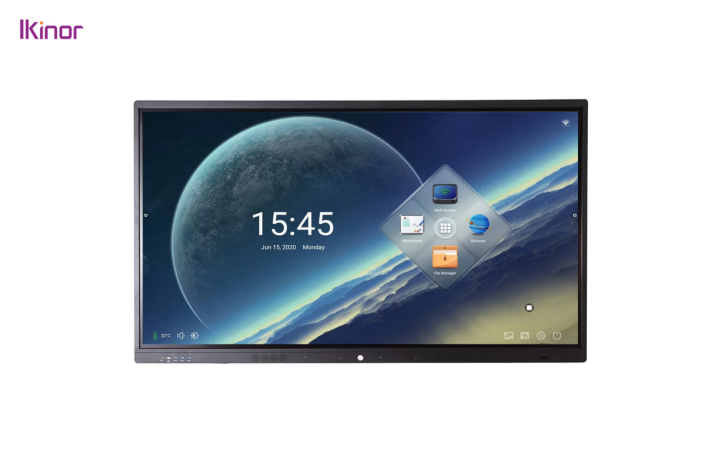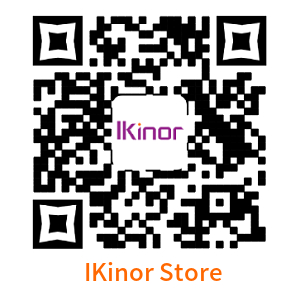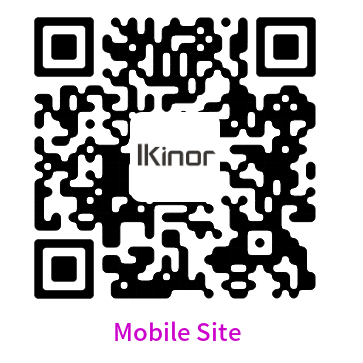The Advantages of Interactive Boards for Teaching
Ikinor Interactive boards are revolutionizing the classroom by providing educators with a wealth of new teaching tools. Some of the advantages of interactive boards for teaching include:
1.Increased engagement: interactive boards can help increase student engagement by making lessons more interactive and engaging.
2.Enhanced learning—Studies have shown that students who use interactive boards in the classroom learn more effectively than those who do not.
3.Improved retention: Interactive boards can also help improve student retention as they allow for repeated exposure to concepts and ideas.
4.Greater accessibility: interactive boards can make learning more accessible for all students, including those with special needs or English language learners.
- Increased collaboration: Interactive boards promote collaboration between students and between teachers and students.
How to Make the Most Out of an Interactive Board in Teaching Students
Interactive Boards for Teaching are becoming increasingly popular in classrooms as a way to engage students and promote interactive learning. When used effectively, interactive boards can be a powerful tool for teaching and learning. Here are some tips for getting the most out of an interactive board in the classroom:
1.Use interactive Boards for Teaching is to engage students. Interactive boards can be used to facilitate student engagement in activities such as brainstorming, problem-solving, and role-playing.
2.Use it to create an interactive lesson. Interactive boards can be used to create an engaging and interactive lesson plan. For example, you can use the board to display multimedia content, such as videos or images, and have students work on activities directly on the board.
3.Use it as a tool for assessment. Interactive boards can also be used as a tool for assessment. For example, you can use the board to display a test or quiz for students to complete electronically. Alternatively, you can use the board to conduct real-time polls or surveys during class discussion.
Summary and Conclusion
Interactive boards are revolutionizing the way classrooms are taught. By providing a more interactive and engaging learning experience, students are able to retain more information and stay engaged in the lesson. There are many benefits to using an interactive board in the classroom, including:
- improved student engagement and interaction
- Enhanced visual learning
- increased retention of information
- ability to differentiate instruction
- Flexibility in teaching methods
Overall, interactive boards provide numerous benefits for both teachers and students. By incorporating this technology into the classroom, we can expect to see improved academic performance and a more engaging learning environment.



